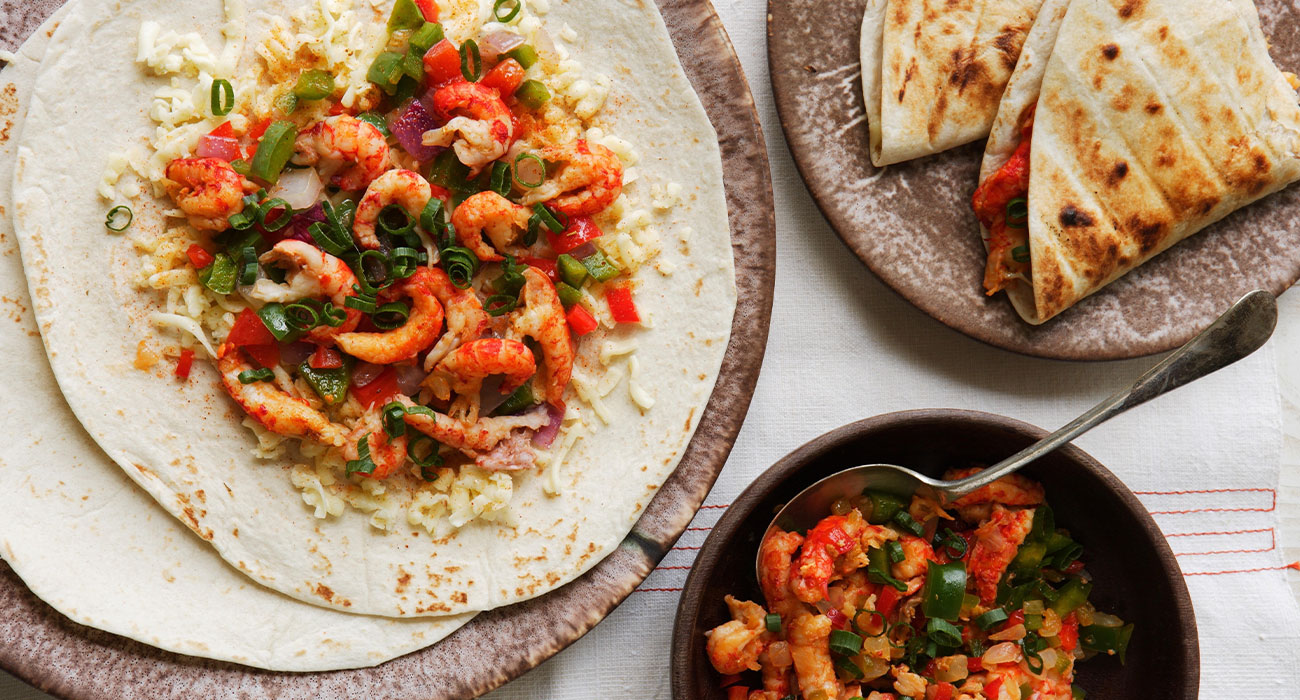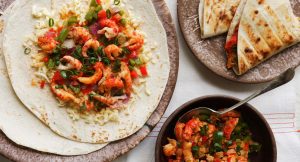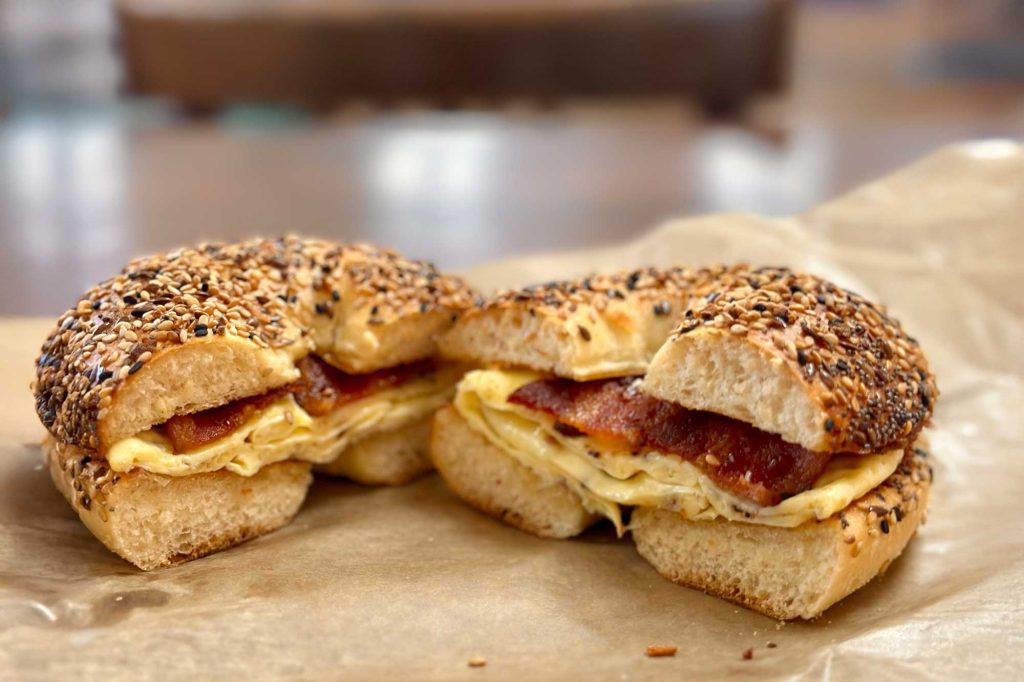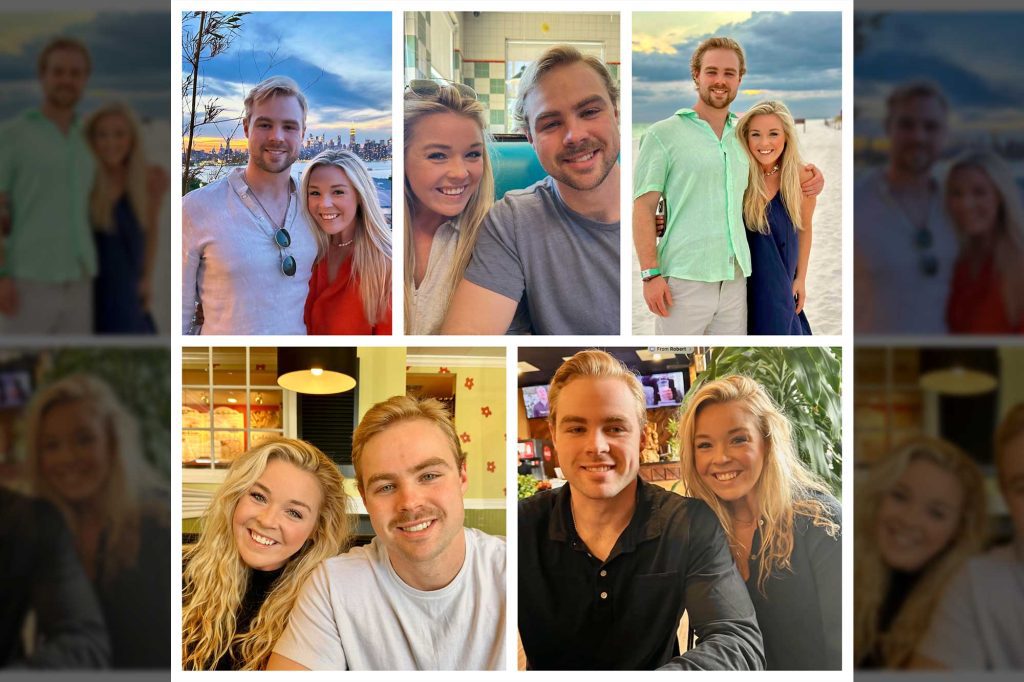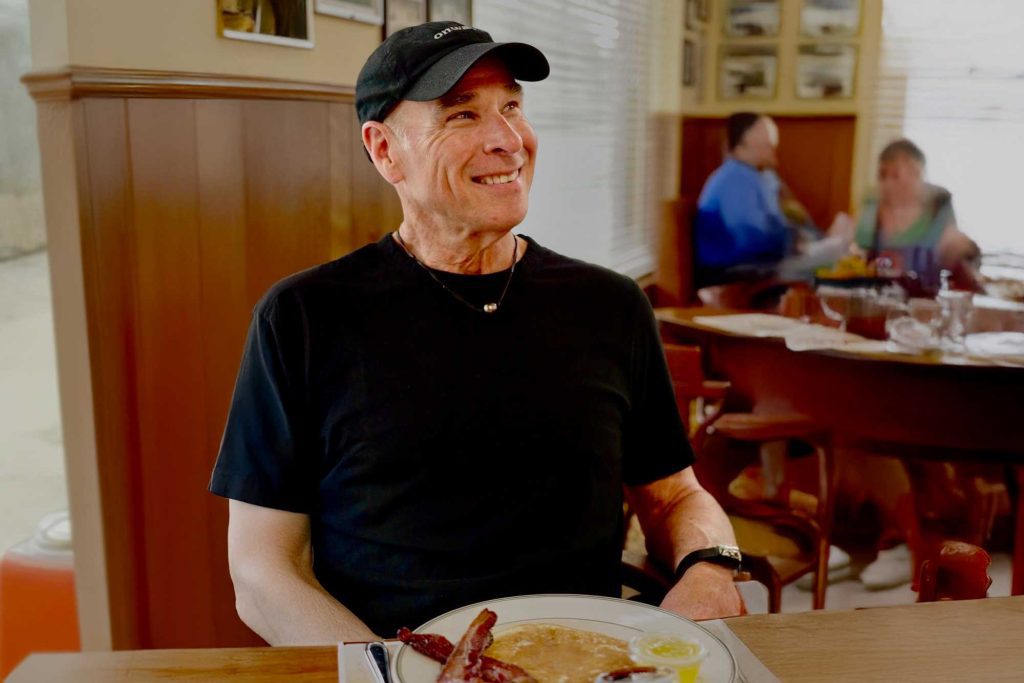If there is one thing that defines my family’s current situation in the middle of this global pandemic, it’s togetherness. My wife, 22-year old daughter, and 18-year old son have spent more quality time together than we have since 2011, when the four of us crammed into a Volvo in Sweden and spent the next six months travelling to 72 cites in 17 countries in Europe and Asia.
That trip defined our family. It is such a substantial part of who we are, that all things in the life of our family are measured as “before the trip” or “after the trip.” When a family is in a situation such as that they develop an all-for-one-one-for-all bunker mentality. Despite the kids being 10-years old and 14-years old at the time— prime sibling disagreement age— they got along well.
I’ve got a feeling we’re going to look back on this time, despite the trouble going on in the world— just outside the property lines of our home— with a fondness similar to the one we have for the long rip through Europe.
I am a restaurant guy. We are a restaurant family. We typically dine out in one of our restaurants every day. We also support other locally-owned restaurants. For the past three weeks, it’s all been homecooked meals, three times a day, and it’s been a joy.
I have started grilling again. I have always grilled occasionally, but I haven’t spent a lot of time behind a grill since my book “New South Grilling” was released in 2008. Back then I was using a gas grill donated by an appliance manufacturing company. These days, I am a Weber man, to the core. I love my Weber grill and I use 100% whole lump charcoal and no artificial fuel. I had forgotten how much better grilled food is when it is grilled over real charcoal instead of gas.
That grilling cookbook, “New South Grilling,” was the most fun solo book project I ever completed. Mainly because I got to serve as the food stylist with the photographer my publisher sent down from New York. Though the process wasn’t without drama. We almost burned the restaurant to the ground.
During the initial cookbook-testing months, Purple Parrot Café chef, and chief recipe tester, Linda Nance usually arrived at the restaurant’s kitchen around 3 a.m. and began to get the day’s mise en place together for the testing chefs. Throughout the recipe-development crunch period— save the cleaning crew— she was the only person in the building. She used that “alone time” to get her portion of the work done without outside interference.
I was usually at my desk, writing recipes, re-wording descriptions and procedures, and performing the dozens of other tasks involved in putting together a cookbook. Around 5 a.m. I usually checked in with Linda to discuss the day’s recipe-testing schedule, cover any ingredient changes or modifications, and to see how the day’s recipe prep is going. Around 7 a.m. breakfast was served, which was always whatever recipe we were working on that day. Occasionally the dish would be perfect the first time out, most times we’d go back to the drawing board a few times before a recipe was perfected enough to be published.
A grilling book was a new challenge for us. We grilled hundreds of pounds of fish, chicken, steaks, and burgers in our restaurants every day, but we weren’t set up to do scaled-down, home-style grilling in our restaurant kitchens. Most of the recipes in the book were prepared on grills and smokers on the loading dock behind the restaurant, or in the backyard of my home.
At the restaurant, when we light charcoal for the grill or smoker, we place the charcoal in a sauté pan and then place it under the salamander (a large gas-fired broiler used to finish dishes and melt cheese). After four or five minutes the coals are hot enough to transfer to a smoker or grill. It saves a few minutes, and a few minutes are important at 4 a.m.
Back to the aforementioned restaurant fire. Early one morning, midway through the recipe testing phase of the grilling book, the ever-reliable Chef Linda placed a pan of charcoal under the salamander, as we have done 1,000 times before. For some reason on this particular morning she was distracted (she might say extremely focused) and she forgot about the charcoal. Alone in the restaurant and oblivious to what was occurring behind the line, she went to work in the kitchen office. When she stepped back into the kitchen, the pan of coals in the salamander was on fire. Before she could run behind the line, the entire salamander was on fire and the flames were getting higher and hotter with each passing second.
The salamander is mounted high on the wall behind the char broiler. At first, she tried to put the fire out with kitchen towels. At this point, the situation looked as if she might be able to keep the elaborate hood-mounted fire extinguisher system from tripping which would shut the restaurant down for at least 24 hours. The towels did nothing more than fan the flames, and catch on fire themselves.
When she realized that towels weren’t getting the job done, she grabbed one of the heavy rubber mats in the service area, jumped up on the stove, and tried to smother the four-foot flames. Consequently, the mat caught on fire, and melted rubber began dripping on her arms. At the last moment, a member of the cleaning crew— and the only other person in the building— ran up with a hand-held fire extinguisher and doused the blaze.
“The good news is I’m O.K., and the restaurant didn’t burn to the ground. The bad news is— we’re going to need a new salamander,” were the words that greeted me when I arrived in the kitchen that morning.
A fire is a restaurateur’s worst nightmare. Luckily, our restaurants survived the salamander-charcoal fiasco to serve customers another day. It was also around that time that we began using a metal chimney starter to light the outdoor grills. I still use it today.
Grill onward.
RSJ’s Ten Grilling Commandments:
1. Keep grill grates cleaned and oiled (Clean grates with a wire grill brush after every use, use an oil-soaked dish towel to grease the grates before turning on/firing up the grill). There are also some handy non-stick sprays and cleaners that work well to keep your grates clean.
2. Never use lighter fluid or charcoal already soaked in lighter fluid. Ever. Period. For the best-tasting grill food, use only pure hardwood lump charcoal
3. Know in advance the grill temperature required for the dish you’re preparing
4. Whether cooking with gas or charcoal— always preheat the grill
5. Know where the hot spots and the cool spots are and use them to your advantage
6. Heat means hot coals, not high flames
7. Leave food alone while it’s grilling— turn over once
8. Don’t underestimate the value of the grill’s lid. A closed lid adds flavor, regulates heat, and prevents flare-ups
9. Don’t pierce meat with a fork or knife to check if it’s done. Learn how to grill by touch
10. Barbeque sauce always goes on at the last minute, if at all.
